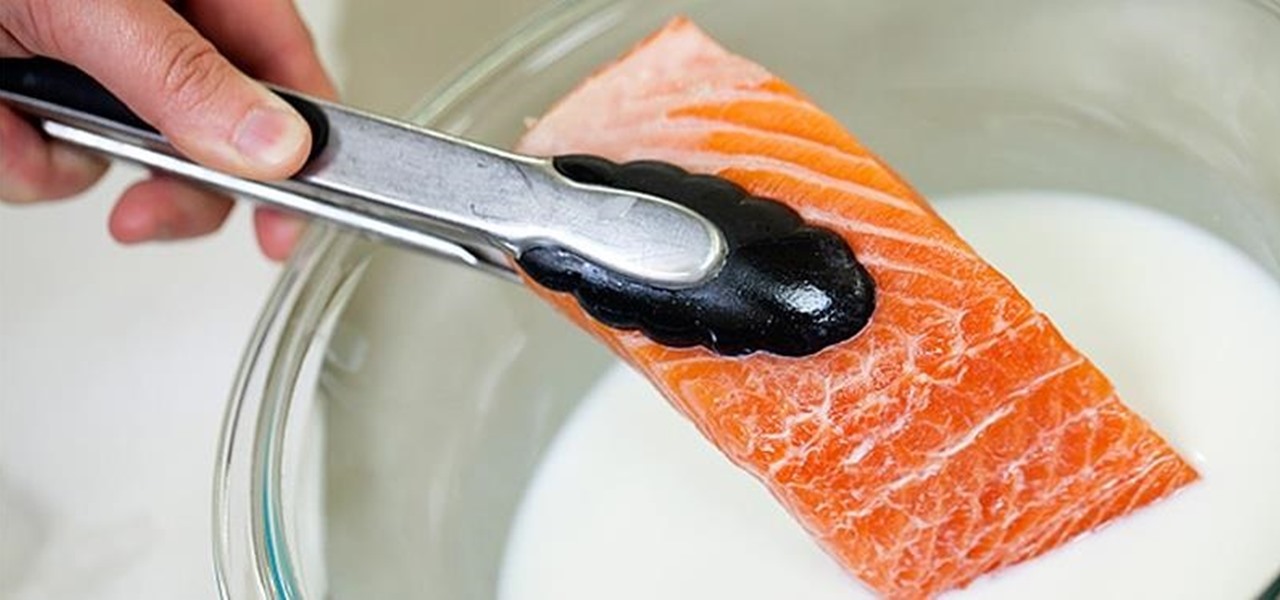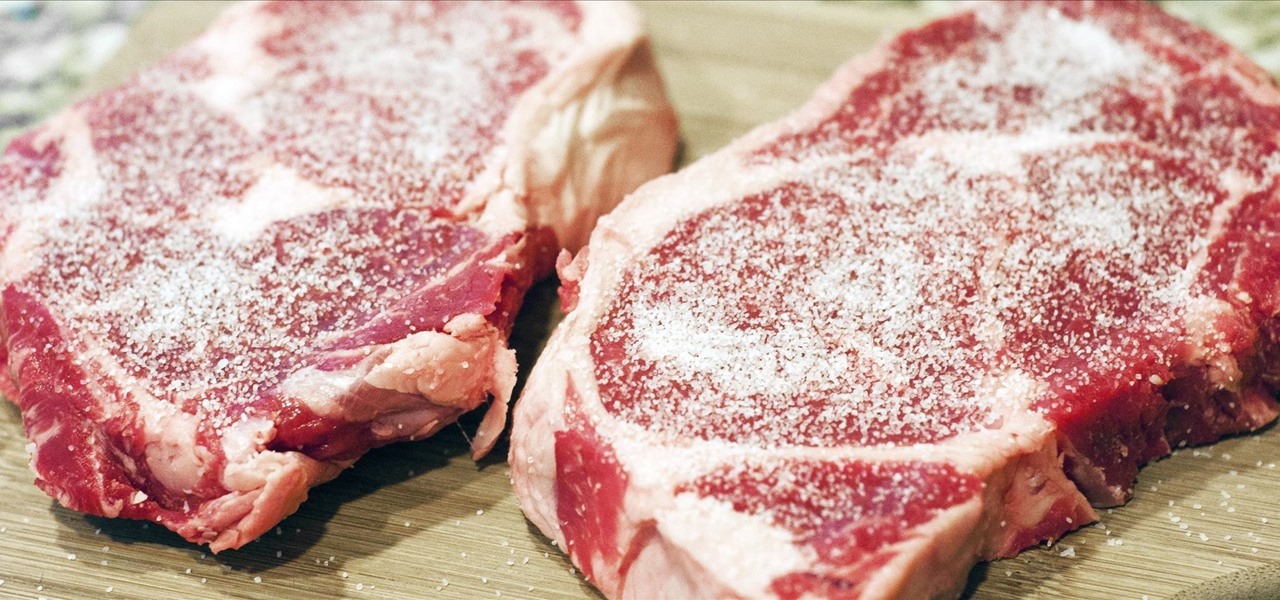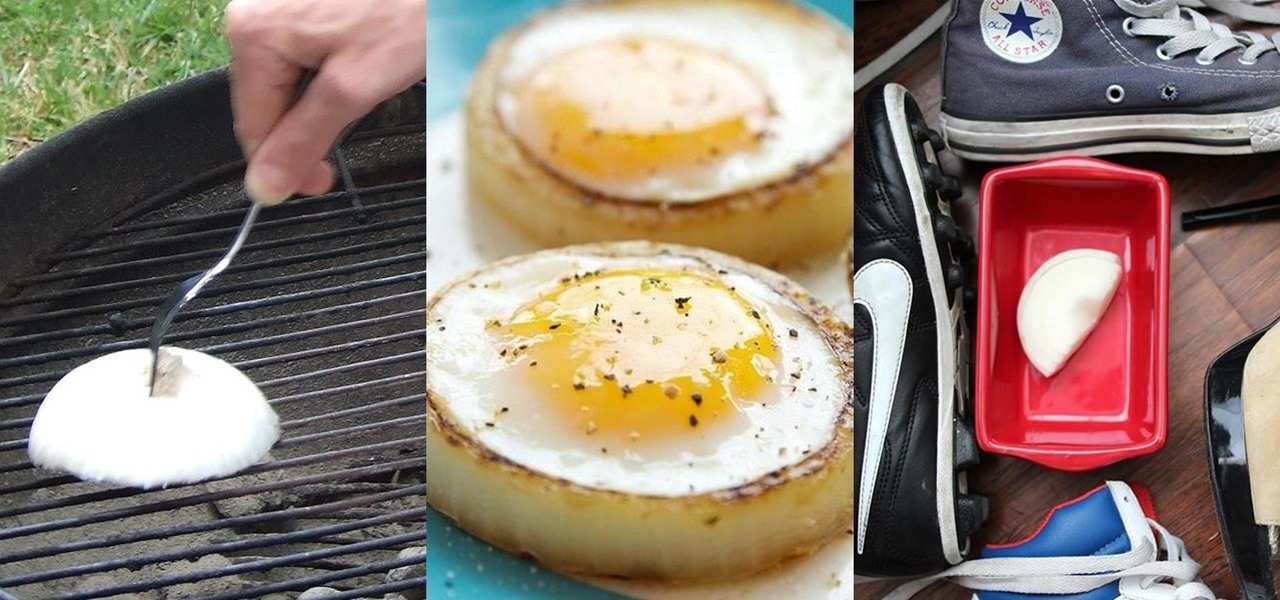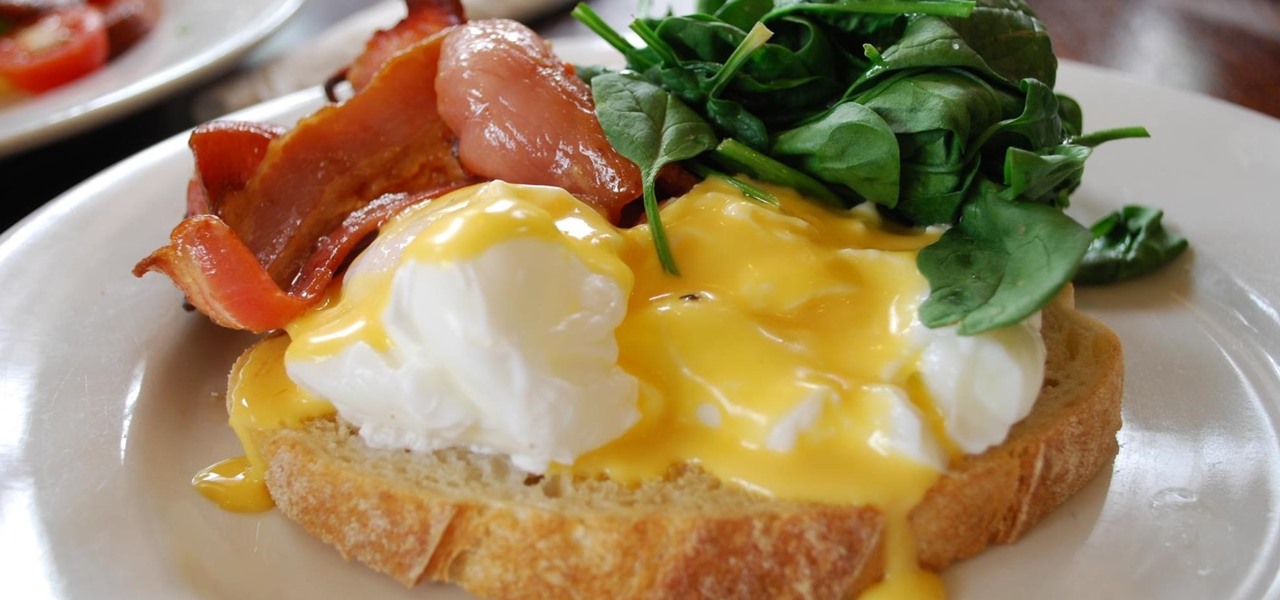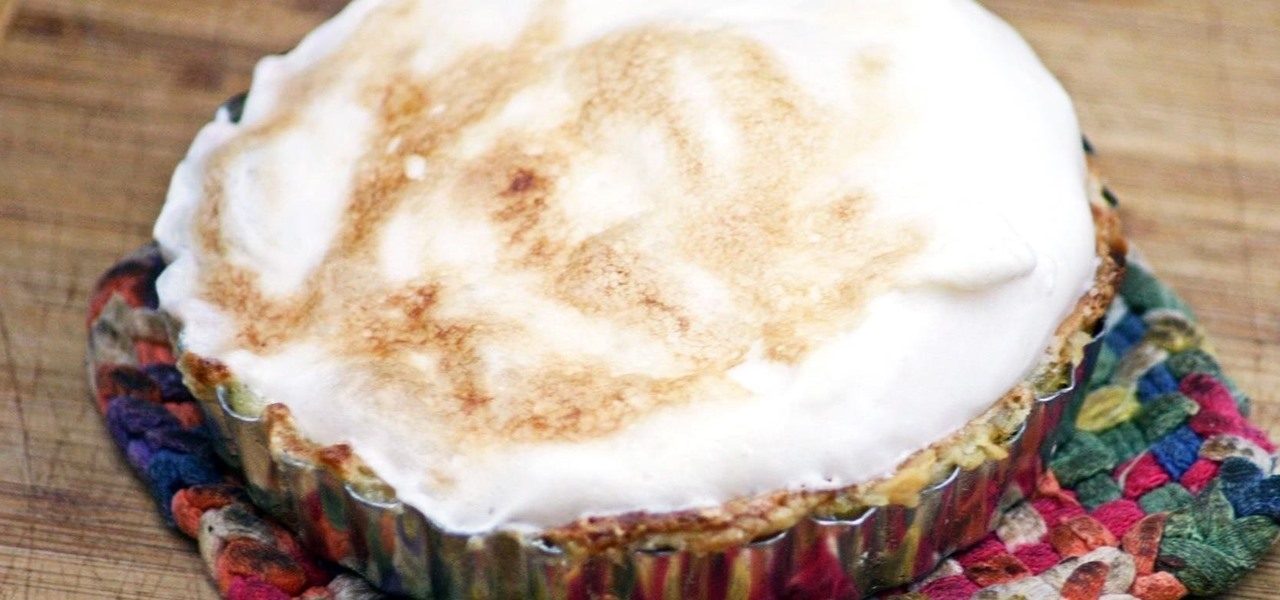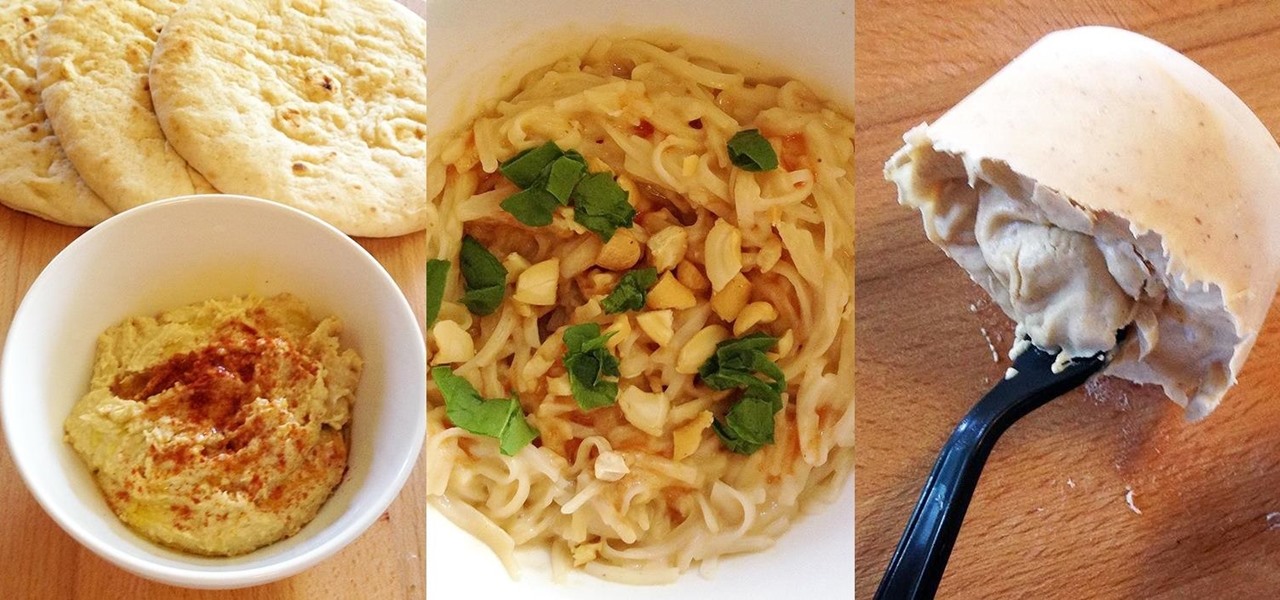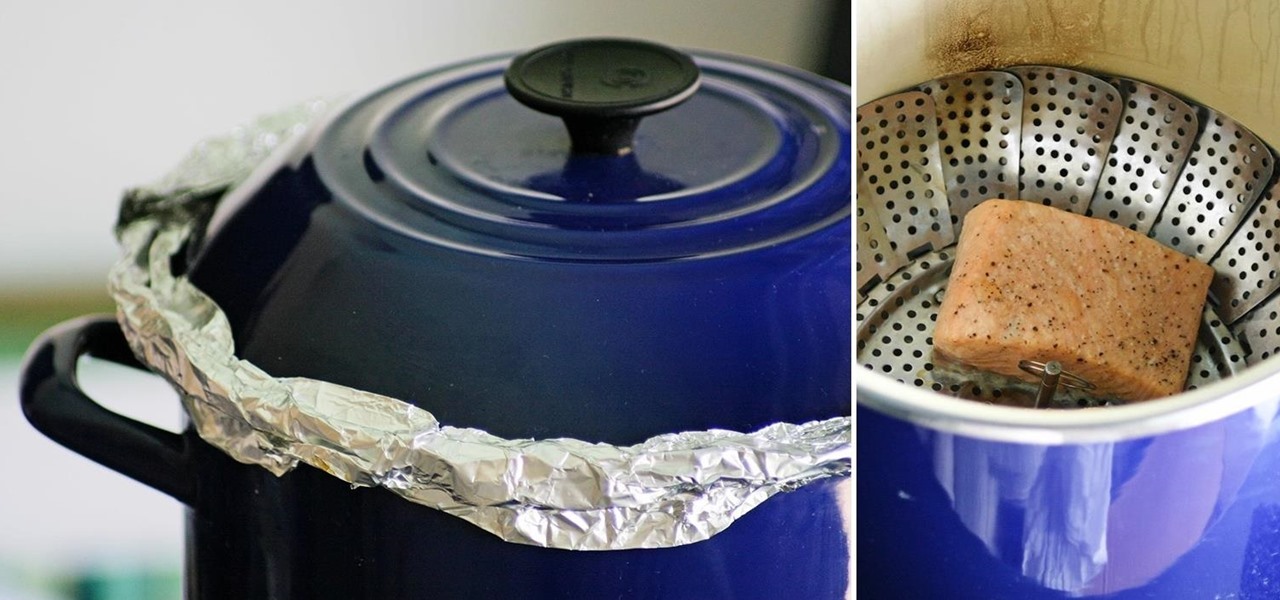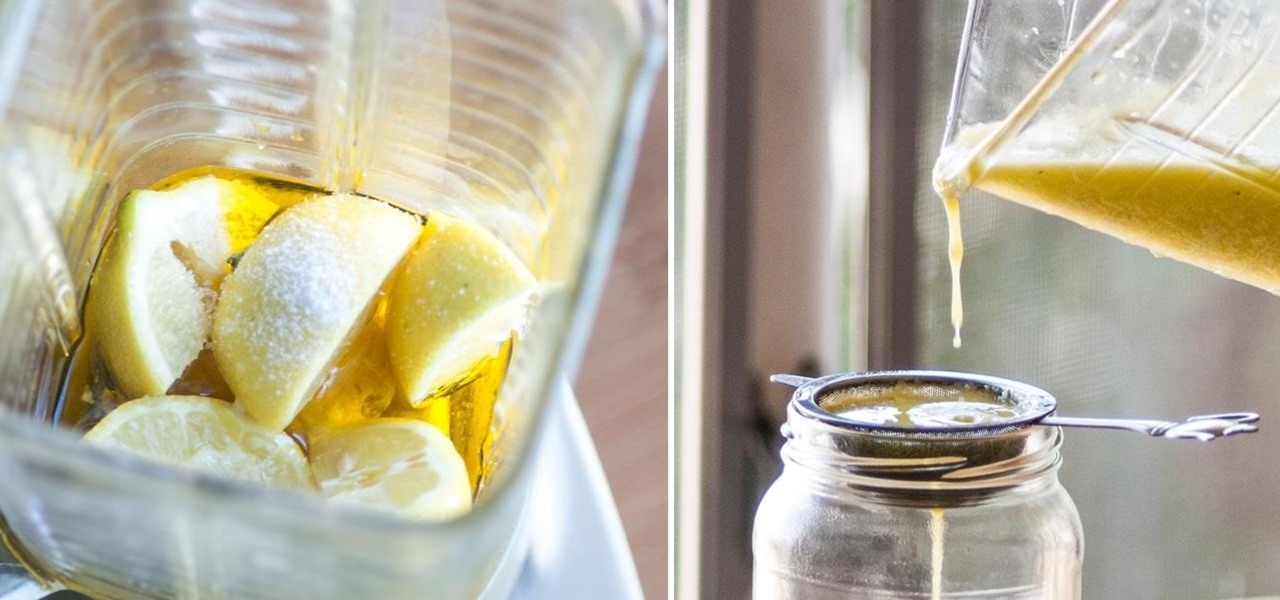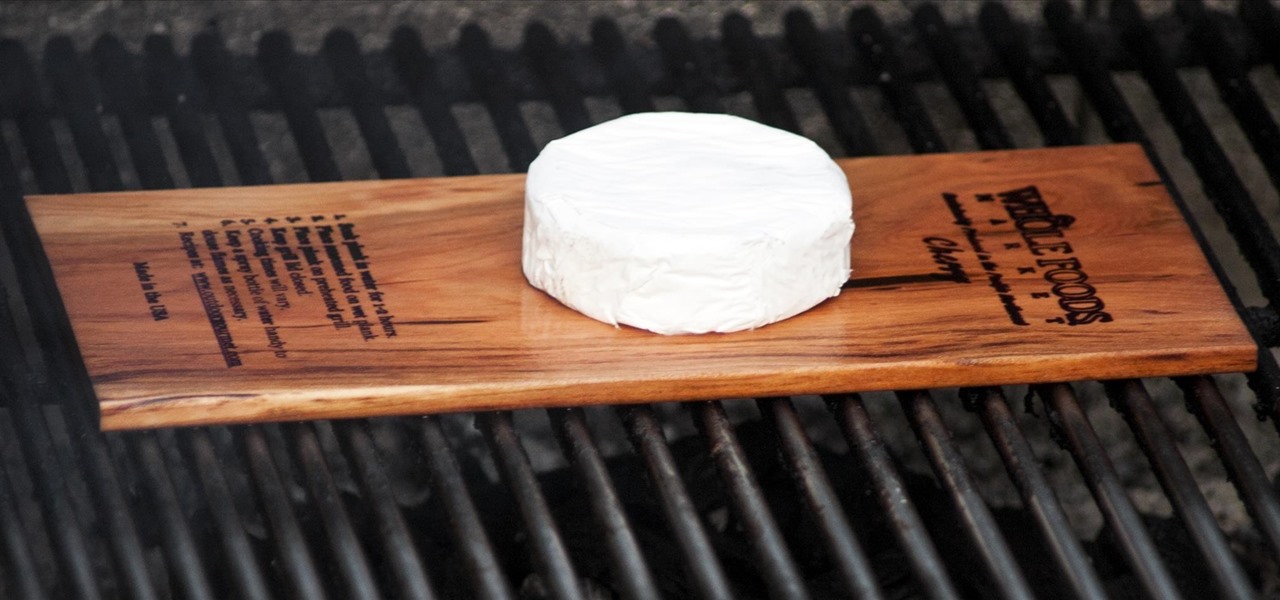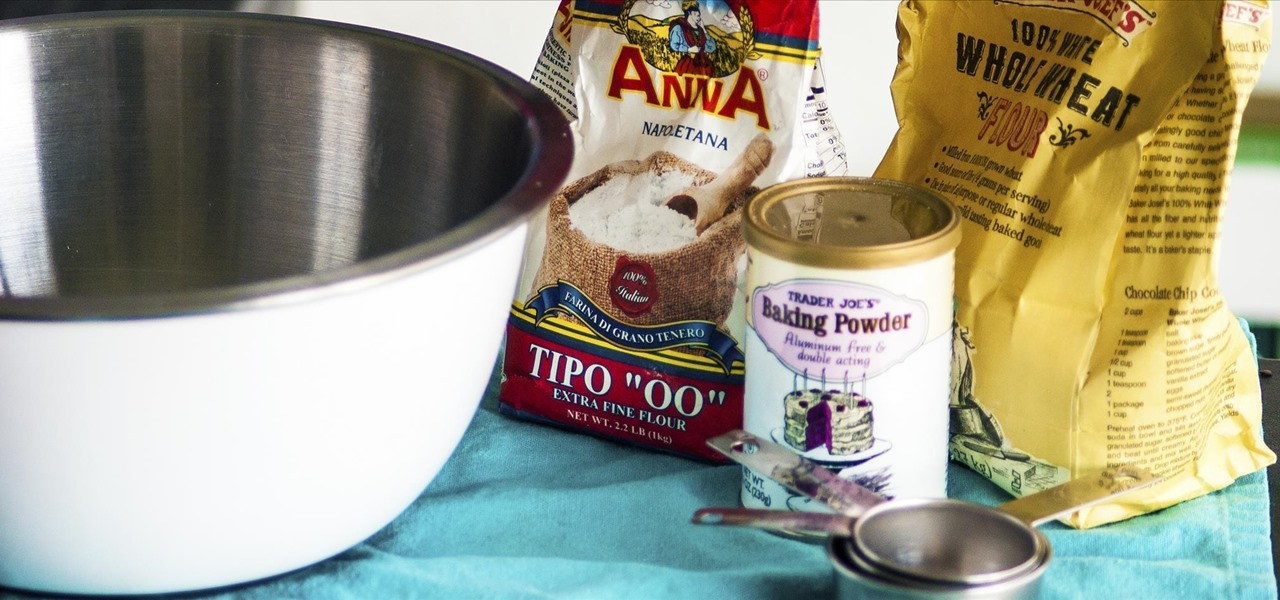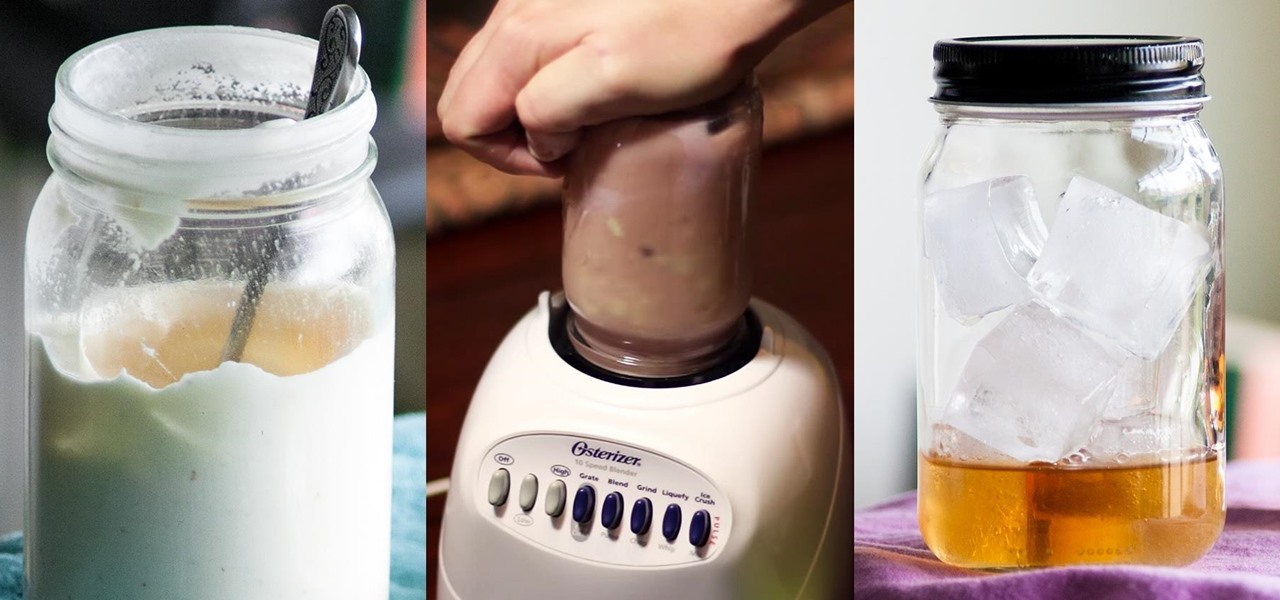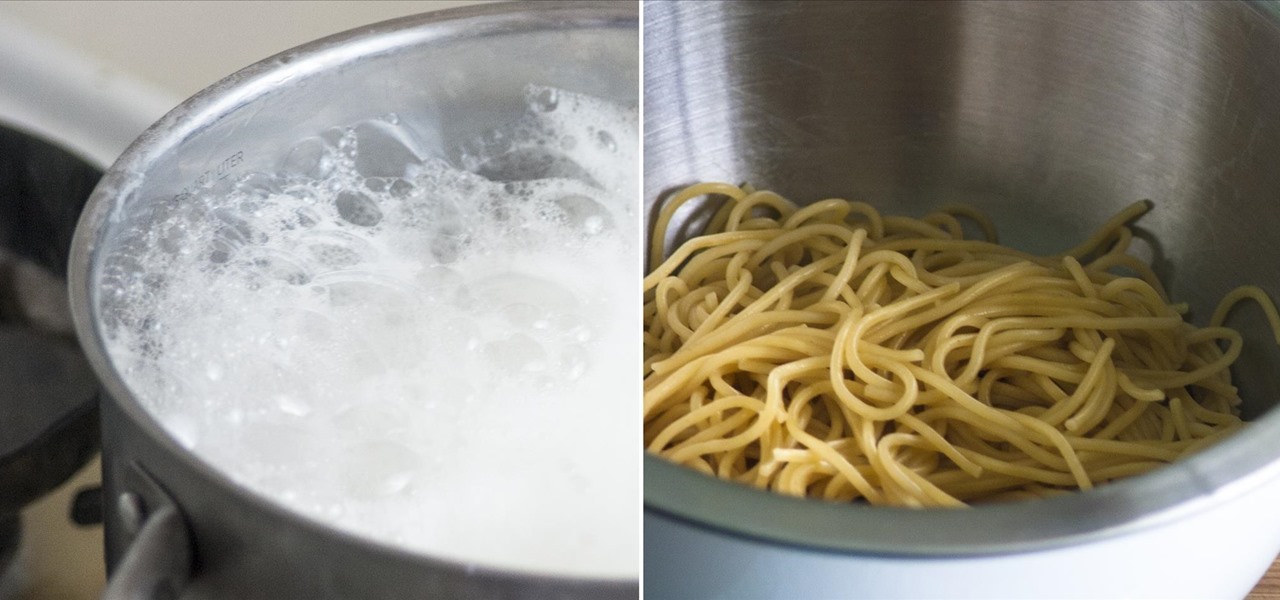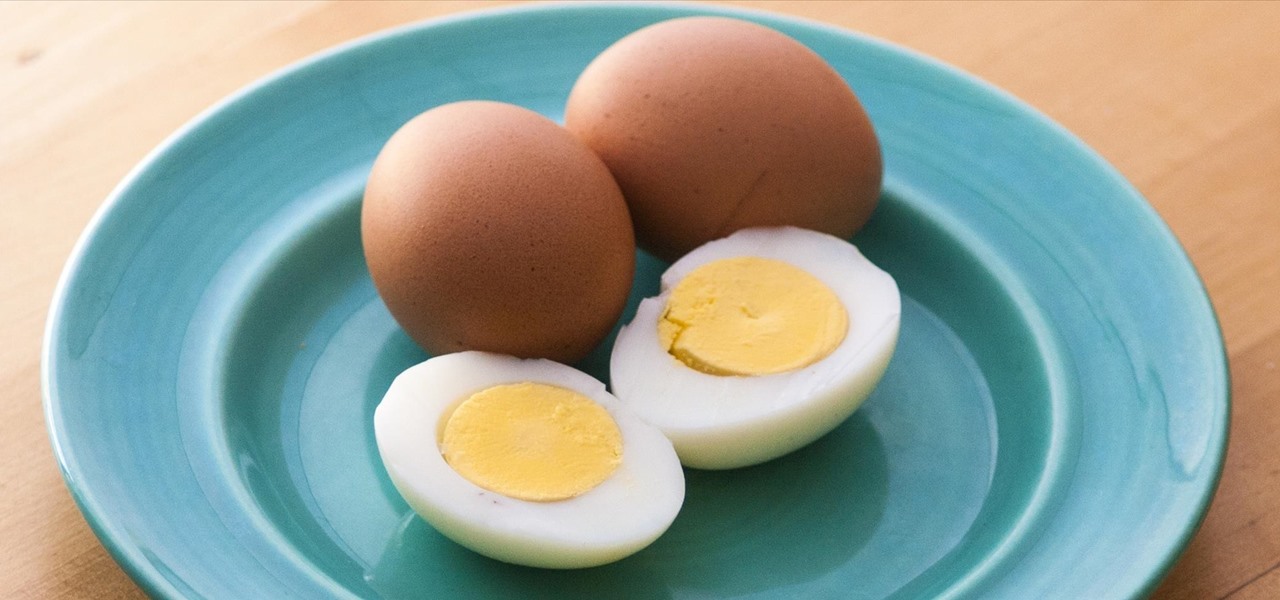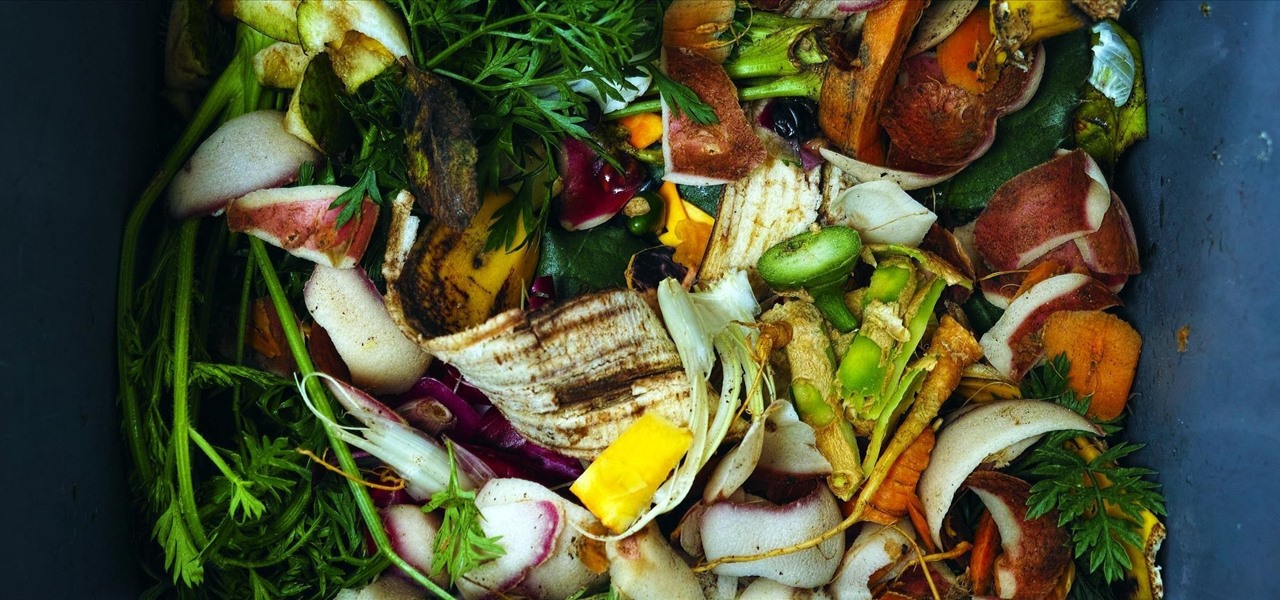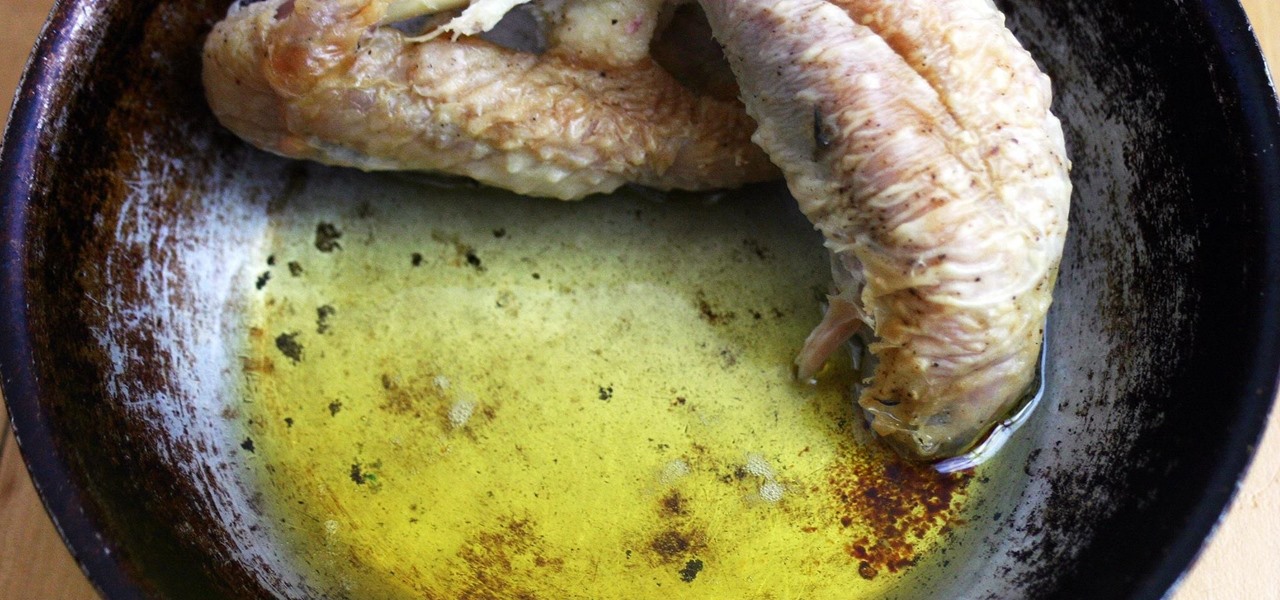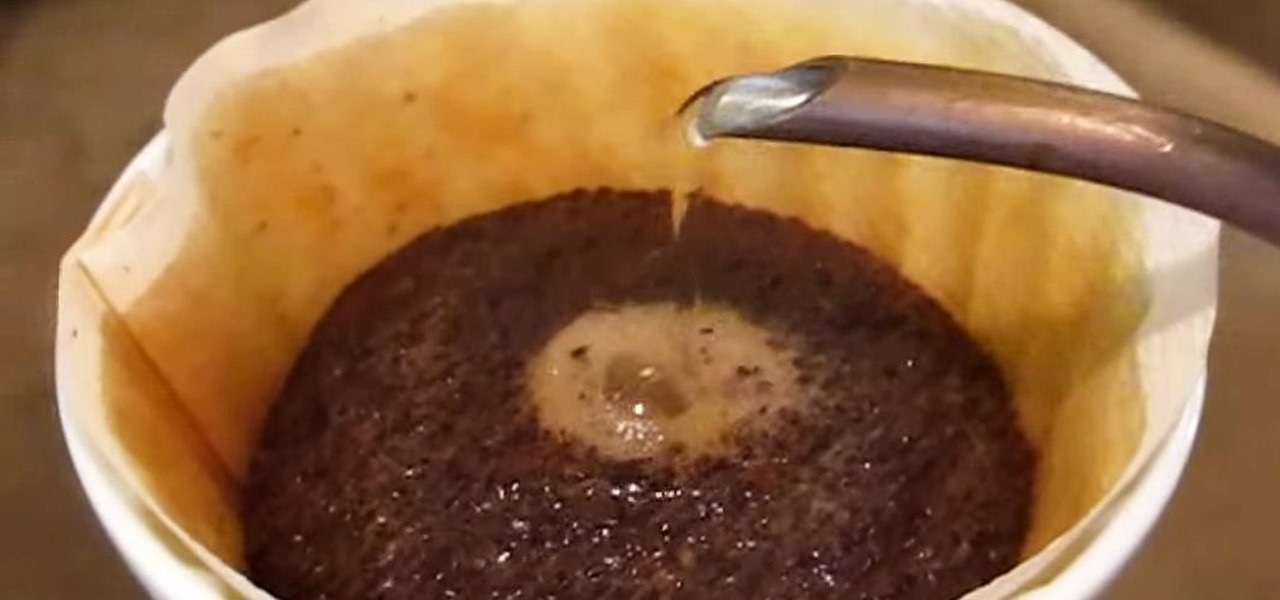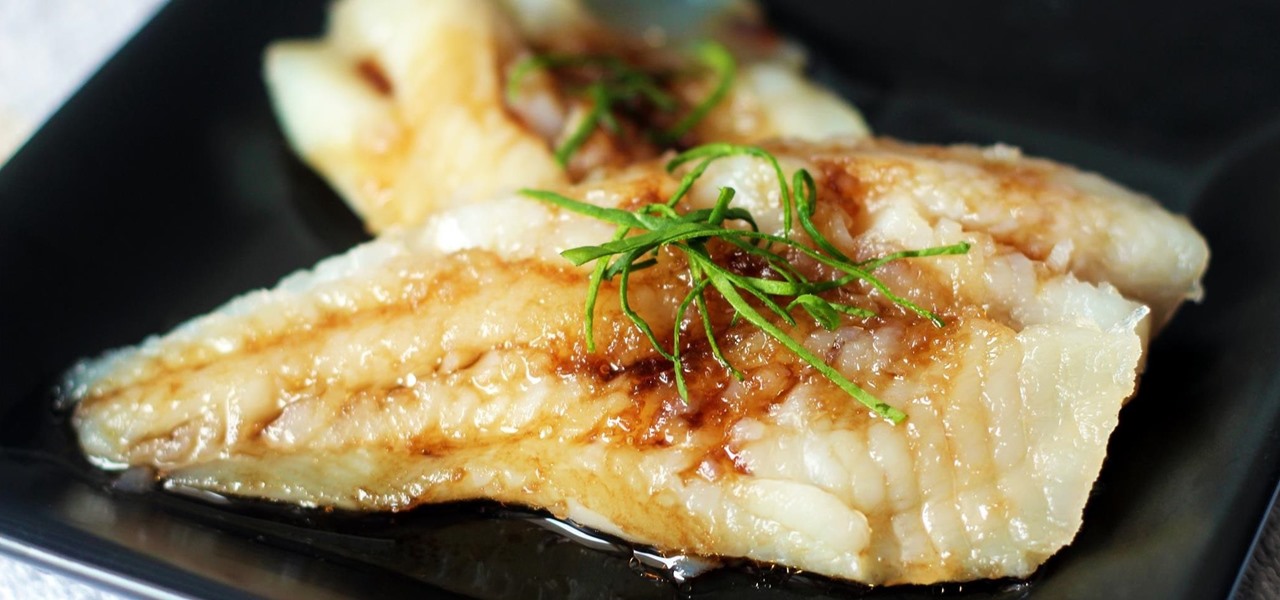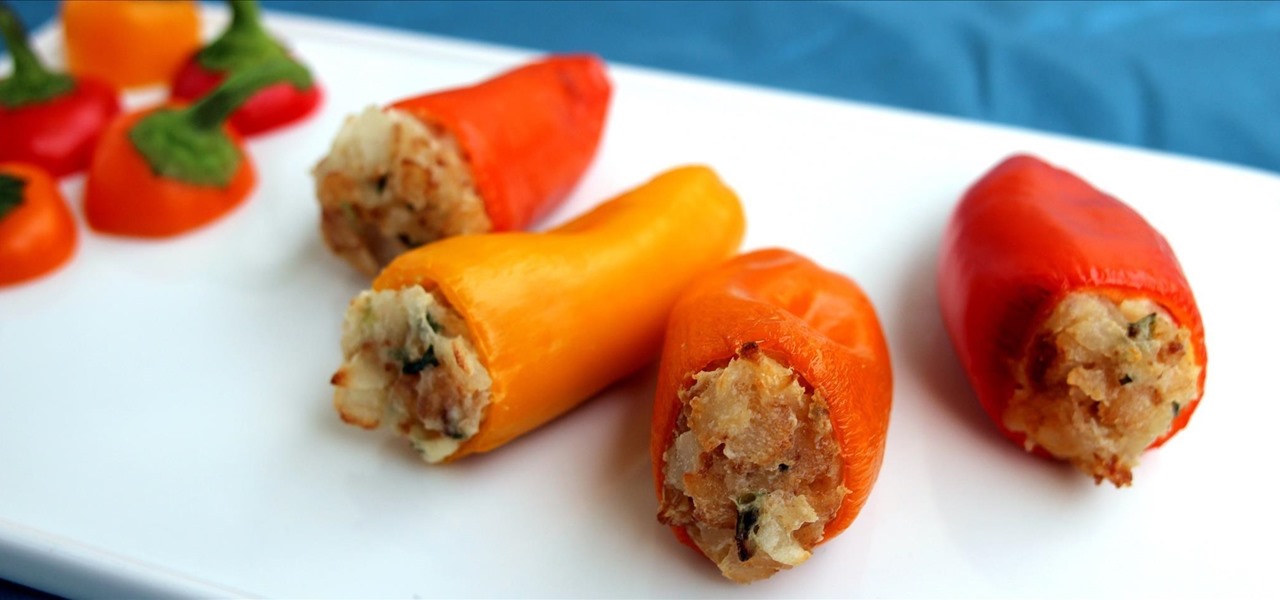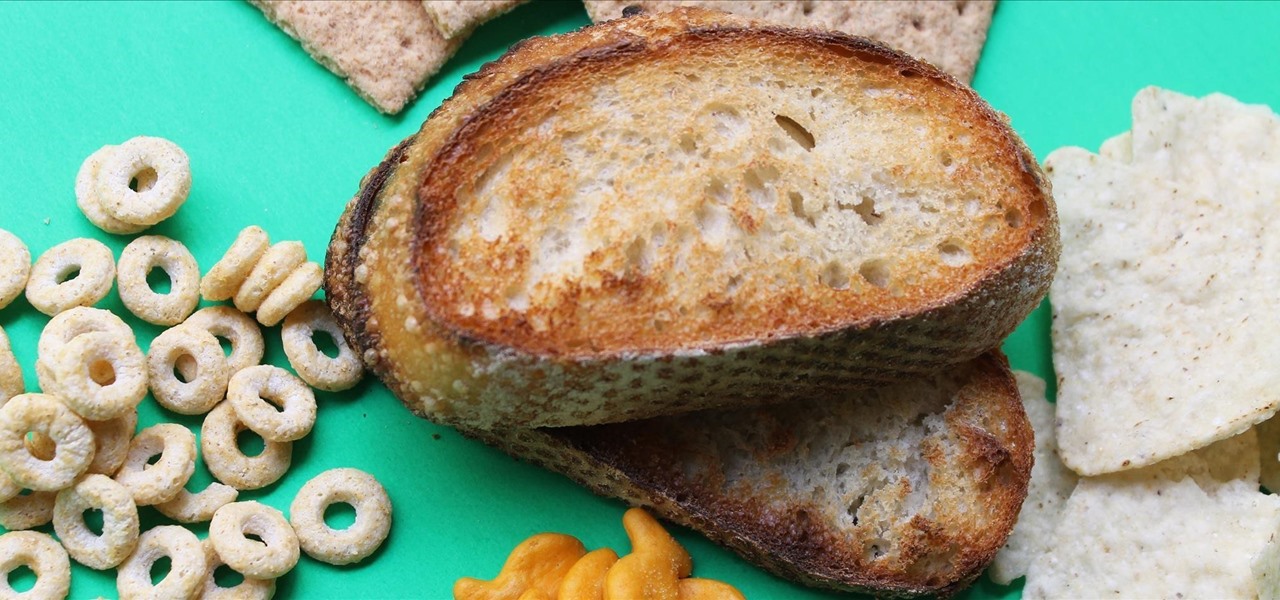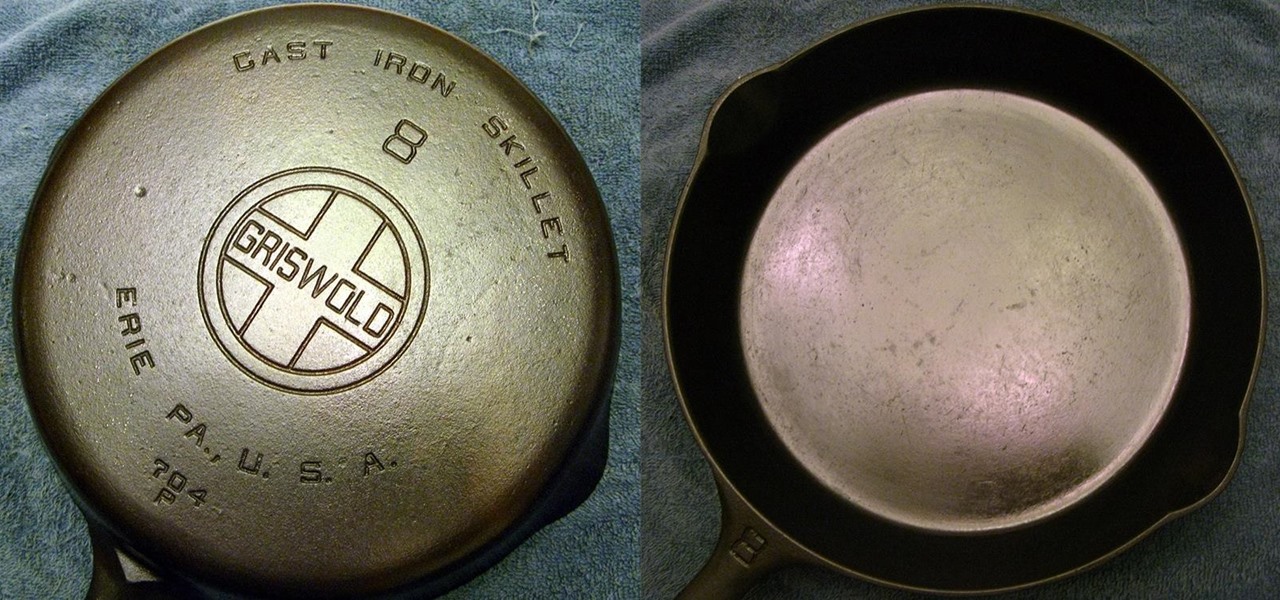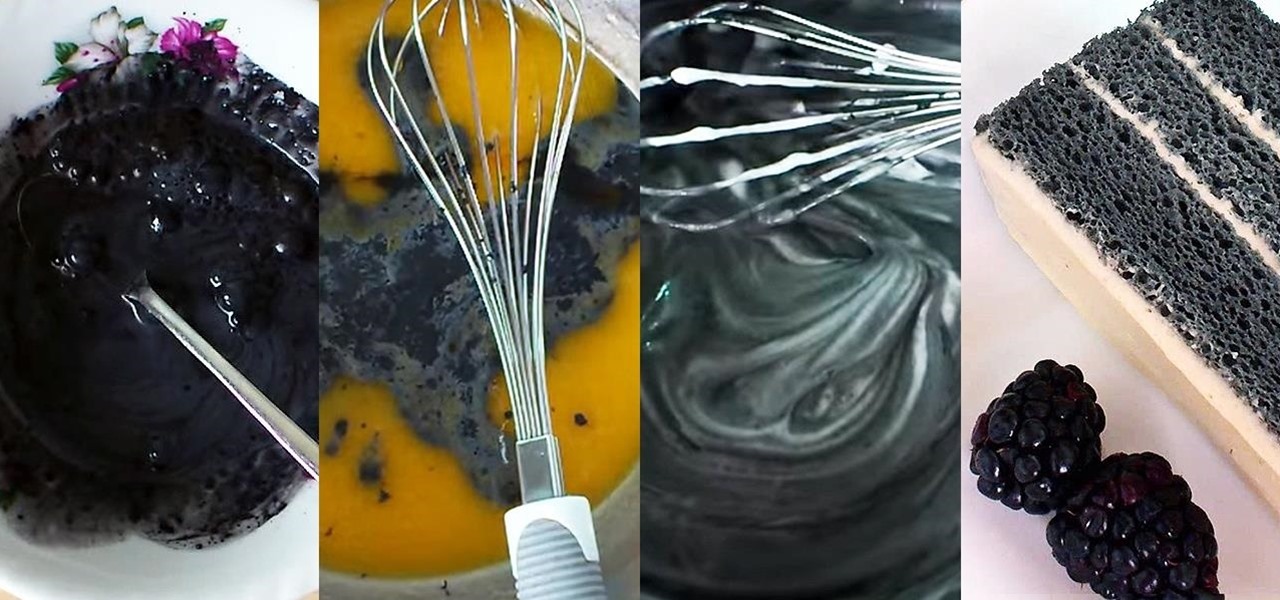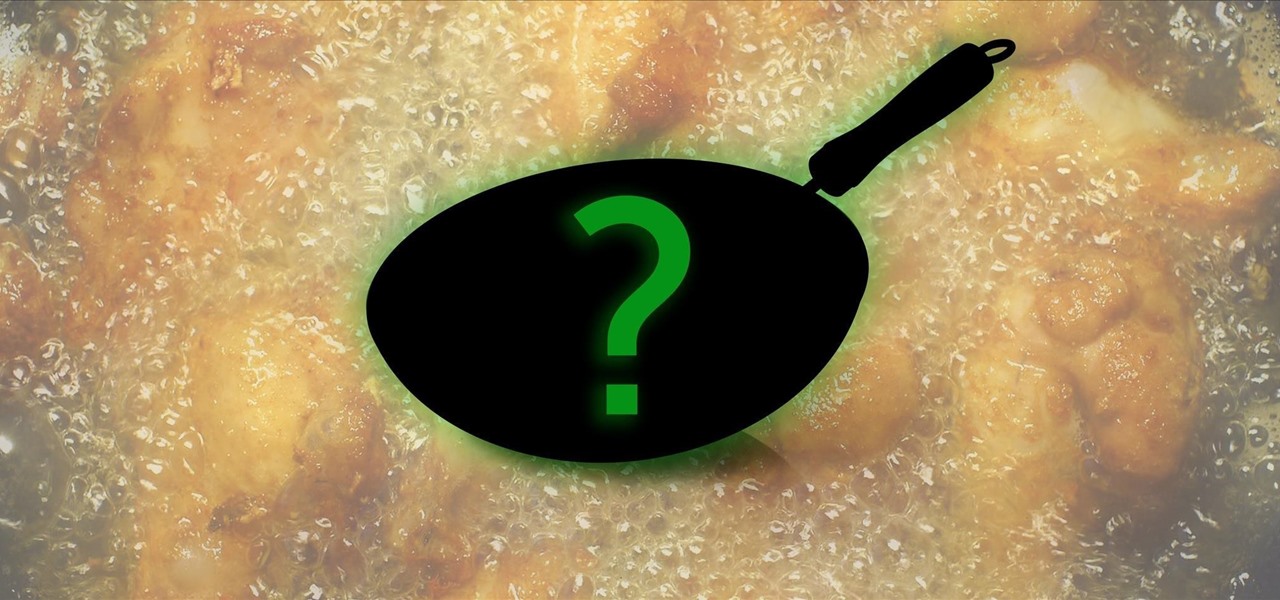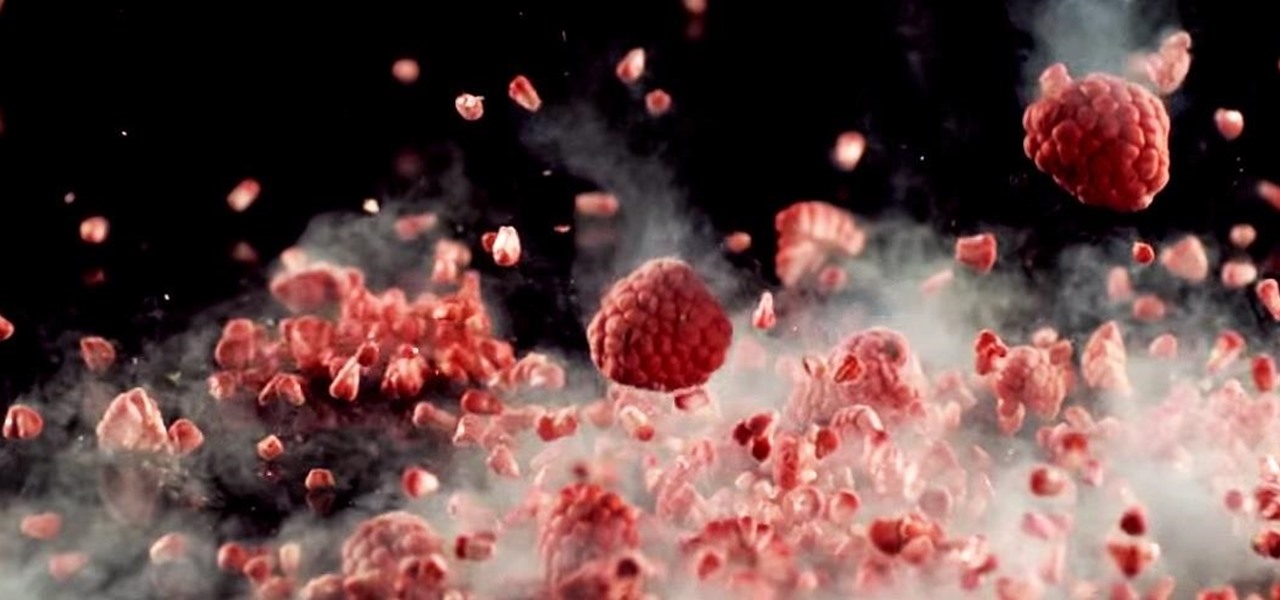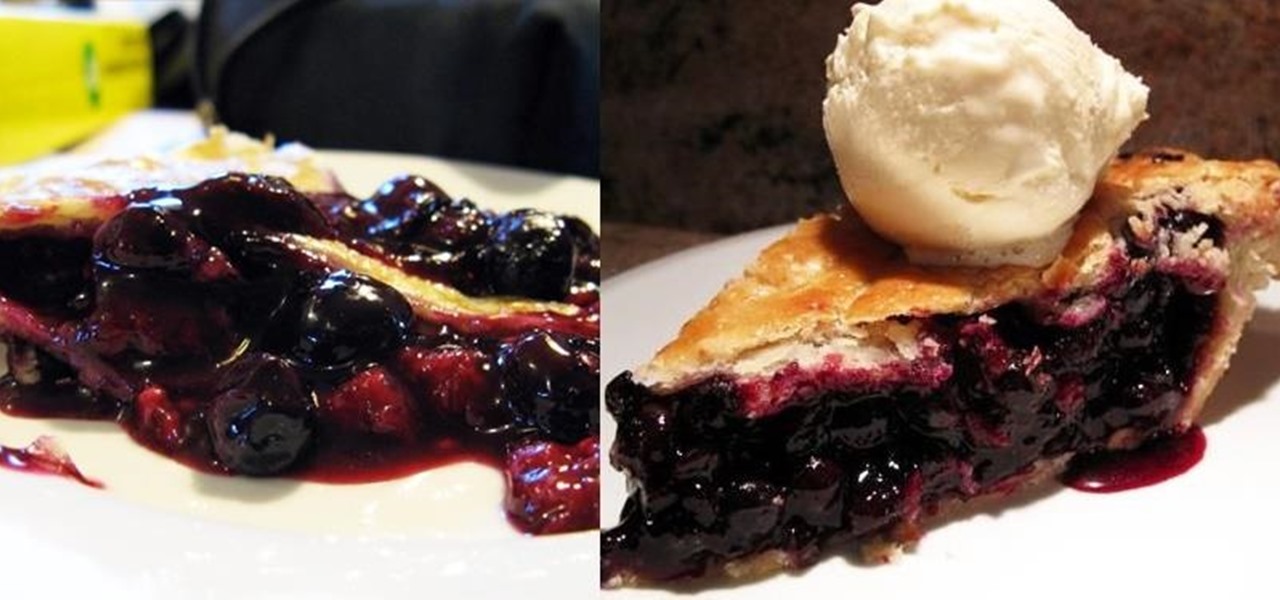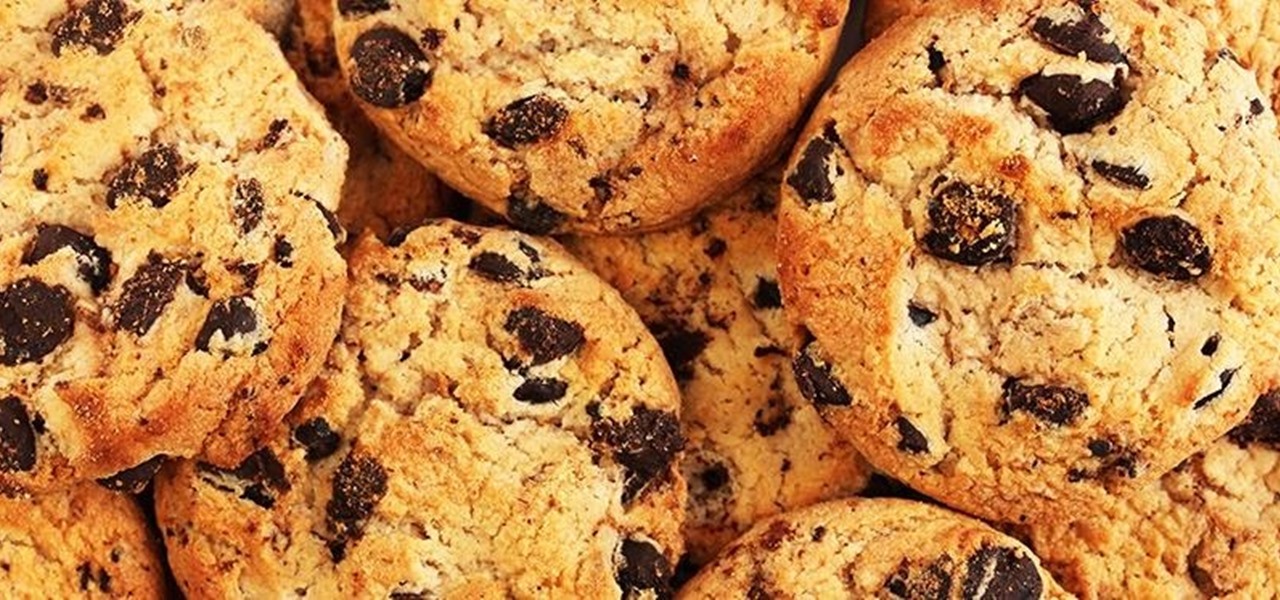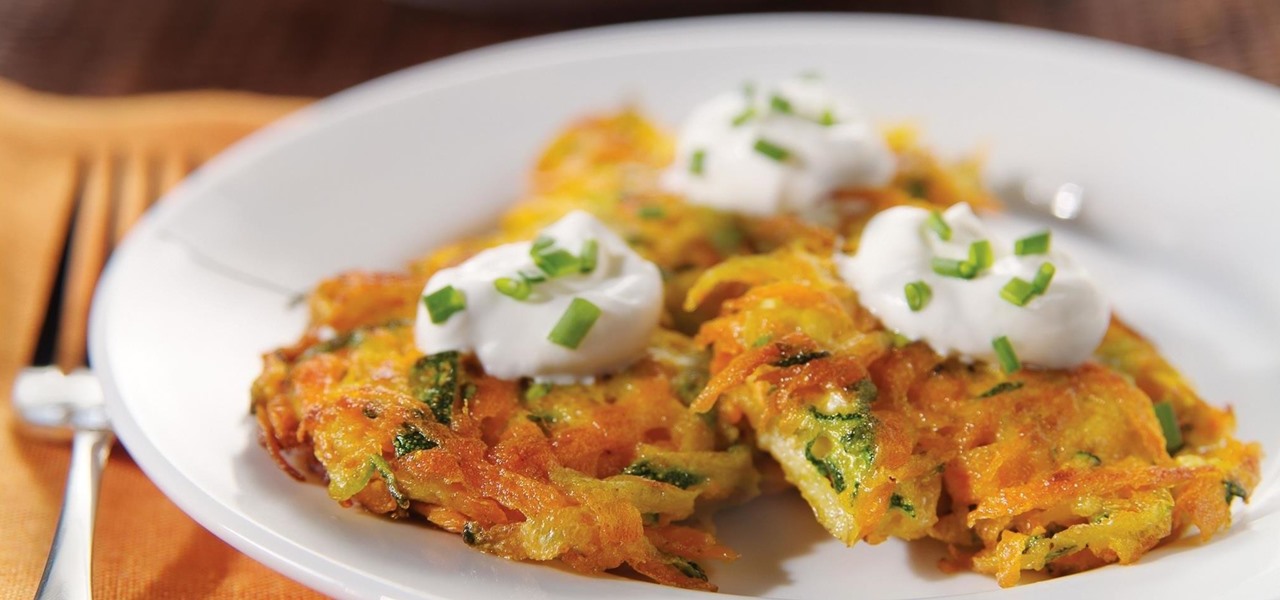
Unquestionably, one of the best parts of Hanukkah is the prevalence of latkes during the 8-day celebration. But even the most dedicated spud fanatic can get a little "latke'd out" as the week drags on. Here are some alternative preparations for latkes that will give you some variety in your celebratory food choices throughout the Hanukkah season.
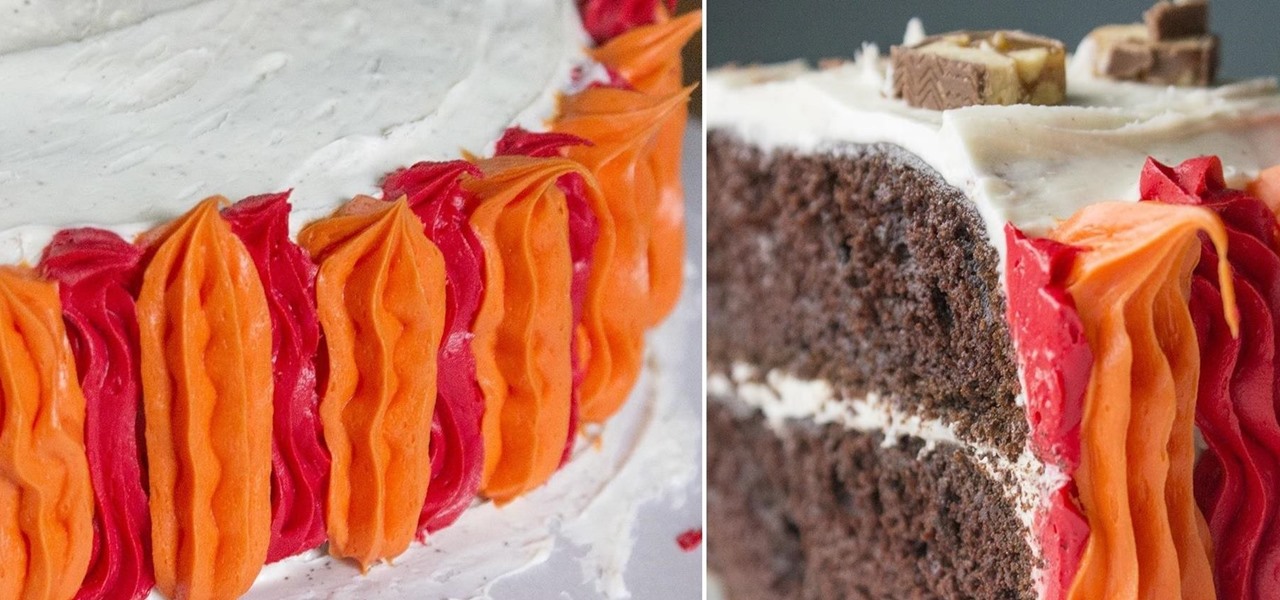
Cake decorating is one of those activities that used to leave my hands sticky and my spirits dampened. No matter what I seemed to do, the final result always ended up looking like a preschool art project.
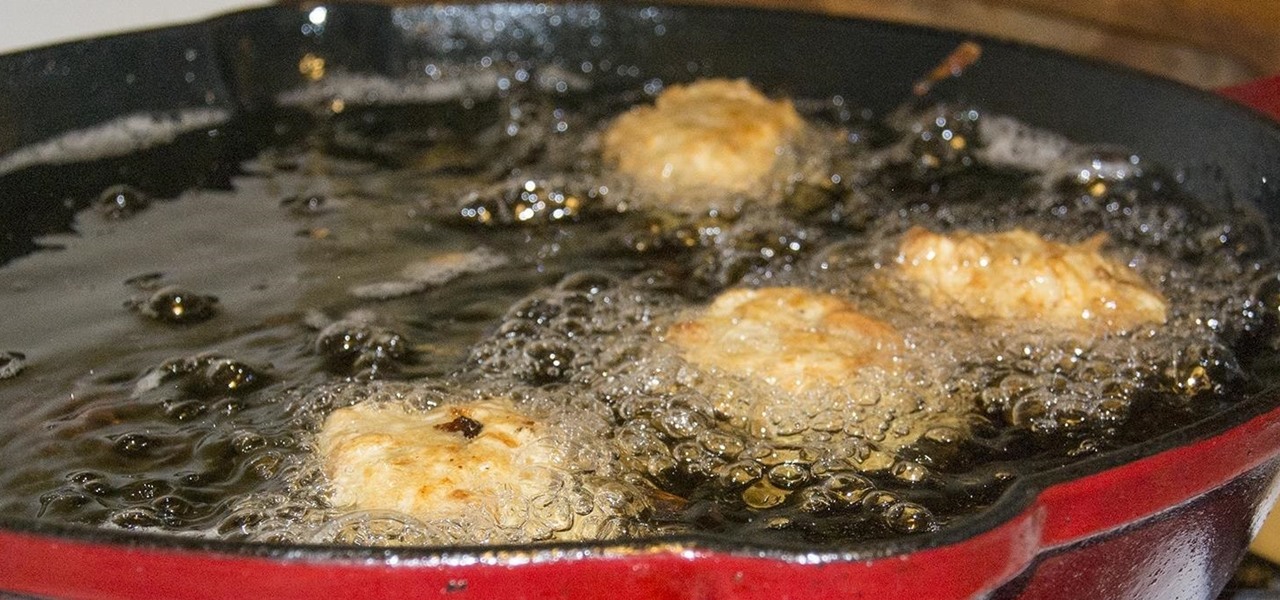
When you're young, utensils tend to be optional—and eating with your hands is optimal. One of the best examples of finger food for kids that has pervaded today's nostalgia-driven culture is tater tots.
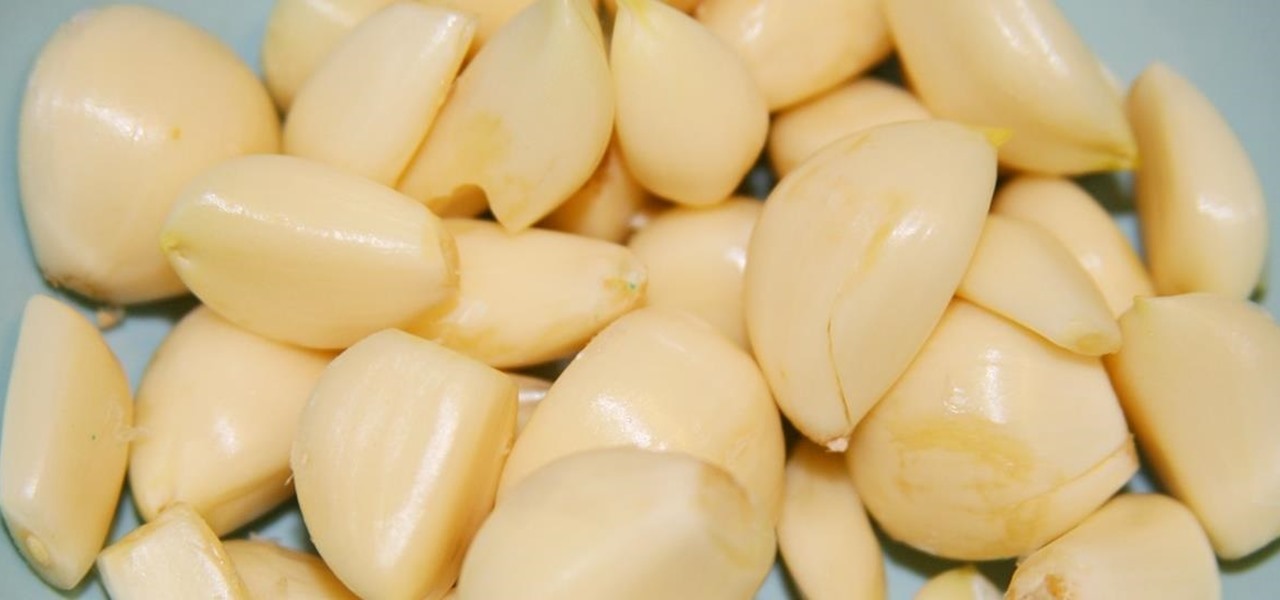
Garlic is magical. It fends off vampires (or so I hear), helps lower blood pressure, reduces the production of cholesterol in the body... oh, and it's also freaking delicious, of course. Garlic is a culinary staple in countries all over the world. That lovable stink and sharp bite of flavor are essential to many dishes we know and love today, from spaghetti to sesame chicken.

A classic French omelet is supposed to be completely cooked through with no brown edges. This is a delicate balance to strike, though. I always find that the moment I flip an omelet, it completely falls apart—unless it's so well-done it's rubbery, of course.

I love brownies. Through the turmoil of my teenage years and the raucous over-eating of my college years to now, brownies have been a constant companion to my highs and (calorie-laden) lows. I've made brownies from scratch, I've used the box mix... hell, I was a baker at a bakery that specialized in brownies. So yeah... I'd say I'm pretty familiar with them.

I love eating fish at restaurants—the flesh is flaky and tender; the scent, fresh and sweet. Cooking fish at home is a completely different story, though. Even when I do cook successful fish dishes, it often leaves this (for lack of a better description) fishy smell that permeates everything it touches. Monday's salmon becomes Wednesday's odor. It's enough to deter me from cooking fish, period.

Living on a budget often means compromising what you want for what you need—or at least, for what's affordable. But that doesn't necessarily mean you have to compromise on flavor, especially if you know the right tips and tricks to make something spectacular out of the ordinary.

Onions add essential flavor to almost any dish, whether it's a sauce, main dish, or salad. They are one of the humblest "superfoods," full of vitamins and nutrients but generally inexpensive, which is why they're also one of the most widely eaten ingredients in the world.

In an age where restaurants can charge $20 for eggs Benedict at brunchtime (if you're lucky enough to even get a reservation on a Sunday), many people long for a way to create this classic dish at home. But once you've taken pains to perfectly poach an egg and gently crisp your sourdough, the problem of the hollandaise still lies before you. The key to any good hollandaise sauce is to apply enough heat to cook the egg yolks, but not enough to scramble them. The minute the eggs begin to solidi...

There are rules that cooking in general always follows: cakes should be fluffy. Steaks should be heavily seasoned, and nowhere near a bottle of steak sauce. Every stock should start with aromatics (onions, carrots, & celery). And, until very recently, meringues should always be made with egg whites.

When I was a little kid, I was obsessed with shells. And while most of my shell collection came from combing the beach for treasure, some of it came from a different source: dinner. Whenever my parents had fresh clams or mussels, I would take the leftover shells, soak them overnight in soapy water, and add them to my collection.

The peanut butter and jelly sandwich has officially left the building. When you eat this every other day in elementary school, you've sort of reached your limit. The thing is, peanut butter itself is delicious and quite versatile if used in the right way. Let's explore this kitchen cabinet staple and showcase it via the three dinner courses.

There's something primal about the smell of smoking food. Somewhere deep in the recesses of our souls, we remember a time when humans only ate by the fire. Or perhaps that's just something I tell myself. Either way, it's hard to smell smoke and food and not feel like you should be eating. And, as chef Edi Frauneder said in a recent Saveur article, "Grilling is convivial. There's something about this act of coming together over an open flame that just says vacation."

In my family, if a food could be made instead of bought, it was made. It wasn't until I went to college and started eating dorm food that I tasted the store-bought versions of many kitchen staples. I quickly learned that there is an enormous quality difference between homemade dressing and the kind that comes in a bottle at the supermarket.

At its core, grilling is the simplest form of cooking. You create extreme heat, you put a piece of food on top of the heat, and then you sit back and watch the magic happen. Yet despite the inherent simplicity in grilling, there are a million ways to make it more complex, more unique, and, yes, even more flavorful.

You can make a pretty strong case for pancakes being the ultimate breakfast food. They taste like a treat for a special occasion, yet they're not bad for you (presuming you don't share my whipped cream and maple syrup habits). They can be customized and accessorized, and they cook up in just a few minutes.

I have a thing for black foods, whether it's mysterious, lovely black garlic (the secret to its color: fermentation) or adding charcoal powder with its reputed health benefits to cookies, cakes, and breads.

Potato peels are largely misunderstood creatures. They're shucked away from every mashed potato dish like some icky rag that has no business in your kitchen. PS: Quit it. By ditching the peels, you're not only missing out on fiber and large amounts of potassium (even more than a banana), you're tossing the potential for chewy, crunchy finger food. So the next time you're left with a plate of scraps, here are four tasty reasons to hold onto them.

I have a confession: I hoard glass jars. I buy mason jars whenever I get the chance. When I finish a jar of pickles or mayonnaise, there's no way that glass jar is going in the recycling (thankfully, they're easy to de-stink). And when my sister gives me a basket of her homemade jams, she can forget about ever seeing those jars again.

Ramen has always been a go-to meal for frugal foodies, college students, and anyone else who loves a soothing, cheap, and easy meal. And while instant ramen is delicious (and can easily be improved), making a simple homemade ramen is even better, and nearly as easy.

For 365 days of the year, our mothers show their love for us by driving us places, cooking us food, doing our laundry, and being our number-one cheerleader. But for one day of the year, we all get up early in the morning and show our love for our favorite women. Often, that means cooking breakfast or making brunch, or running to the store to grab a pre-selected bouquet of flowers.

Easter may have come and gone, but my love of hard-boiled eggs sure hasn't. Yet as much as I love hard-boiled eggs, I hate making them; I have to work in small batches to have consistent results, and they're always a little overdone, crumbly, and sometimes even green.

Food waste is a topic near and dear to my heart, but the truth is, no matter how dutiful we are about finding ways to double-down on food scraps, a lot of stuff goes into the trash needlessly.

Poor chickens. Bacon fat is revered (and justifiably so), and duck fat is a staple at most fine grocers. Marbles of fat make a steak divine, and goose fat is the holy grail of fatty goodness. Yet chicken fat is usually thrown away.

There are lots of great reasons for going out to a fantastic coffee shop for a cuppa. Coffee shops have a lovely ambiance, are a perfect place to meet with friends or do some work, and are a great excuse to get out of the house. Seeking out a perfect cup of coffee, however, shouldn't be one of the reasons that you hit up your local café.

Poaching, the cooking method that gently cooks food at the barest simmer, is awesome because it keeps in moisture and flavor. The no-cook poaching method is even better, because you don't add heat to your kitchen on hot days, and you don't have to watch the pot.

Tater tots have a bad rap as a soggy cafeteria staple, but bake them at home and they crisp up nicely in the oven. Drain any unwanted oil from them on paper towels and they become perfectly crunchy on the outside and fluffy on the inside.

Using breadcrumbs in the kitchen is the perfect way to add crisp and crunch to the usual salad, entrée, or dessert. As chef and media personality Mario Batali once said, "There's almost nothing I wouldn't put homemade breadcrumbs on."

Cast-iron cookware breeds a strange kind of obsession. When I got my first pan, I spent untold hours seasoning, cooking, researching the best non-soap methods to use for cleaning, and re-seasoning that thing. Finally, I became exhausted by the whole process and realized that you can skip seasoning a cast-iron pan as long as you use it regularly and clean and oil it properly in-between uses.

Charcoal is a famously prized substance when it comes to food and drink. Grilling aficionados swear by it, and its purifying properties make it the main ingredient in Brita filters (and its alternatives).

Whether you choose to hang an authentic or artificial pine Christmas wreath on your door — or an entirely different type, like ones made of paper waste or even food — chances are you've spent a year or two struggling with how to keep your decor hanging. With one easy to apply, quick to remove trick, you can skip the shiny wreath holder and any further damage to your front door.

Cold pizza is the holy grail of leftovers. That's a statement that elicits a slew of impassioned feelings. Either you love the idea of biting into soft crust and cold, fatty cheese, or scowl at the idea of pizza that isn't hot, crisp, and melty. Yet if we were to stand by the former sentiment, how would we argue on its behalf? Food Science Explains Why Cold Pizza Rules

While it's true that the once ubiquitous cupcake no longer strides the culinary landscape like a mighty colossus, it is still a force to be reckoned with, especially when certain holidays roll around, like Halloween.

I don't deep fry food that often, mostly because it uses a ton of oil, which is expensive, and the cleanup is a son of a mother. (That oil really splatters everywhere.) Plus, no matter how careful you are, you will get hit by hot oil at some point and it will not be pleasant.

Having someone send you flowers will almost always lift your spirits. Wilting, dying flowers, on the other hand, aren't so great to look at and smell even worse. While there are time-honored tricks to keep flowers alive longer (change the water regularly, put a penny in the bottom of the vase, and cut stems diagonally are three that come to mind), it turns out that a few items in your kitchen are pretty useful at making sure those blooms stay perky.

"Cooking" with liquid nitrogen seems like one of those activities that should be strictly limited to pros who are appearing on Top Chef, but it's the only way you'd ever be able to make Dippin' Dots at home. If that isn't enough of a reason for you to get some LN2 for your kitchen, check out this dose of pretty:

Pies and soufflés: these are two dishes that can try even the most experienced cook. Berry pies can be especially challenging, since the high water content of cherries, strawberries, blueberries, and blackberries often leads to a big, leaky mess once you cut into your beautiful pie.

I have a theory that chocolate chip cookies are the gateway drug to cooking. The recipe is easy, no special equipment is required, and at the end, you get warm, fresh-from-the-oven cookies that are simply irresistible. It's how I got hooked on baking and cooking, and anecdotal evidence (i.e. me asking my other kitchen-obsessed friends and a few culinary students) supports me.

Dried fruit makes a great, healthy snack by itself, and it's a nice addition to both sweet and savory dishes. Most people assume you have to have a dehydrator to make it at home, but you don't really need one unless you plan on drying fruit pretty frequently. Your oven does the job just fine. Drying fruit in an oven is a pretty simple process: just bake it at a low temperature for a long time. It's usually cheaper than buying dried fruit from the grocery store, and a great way to use extra fr...








